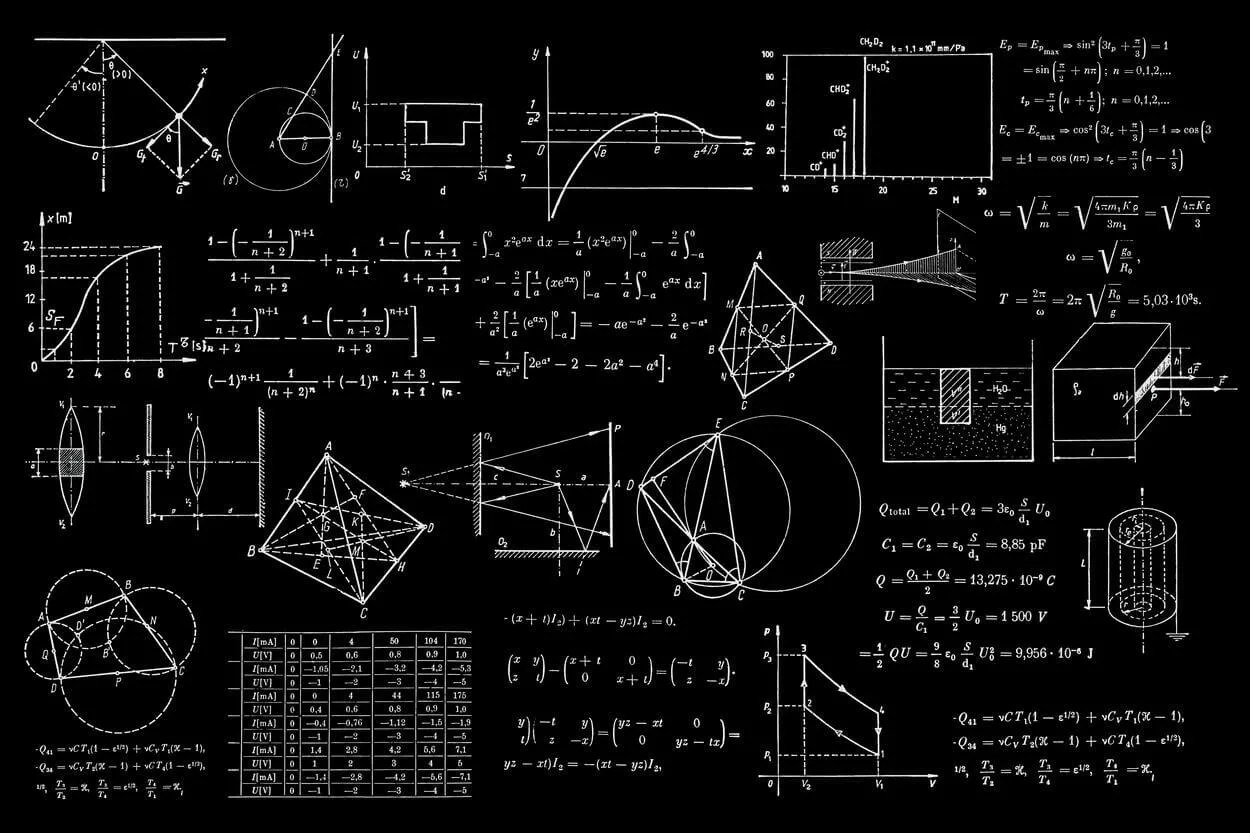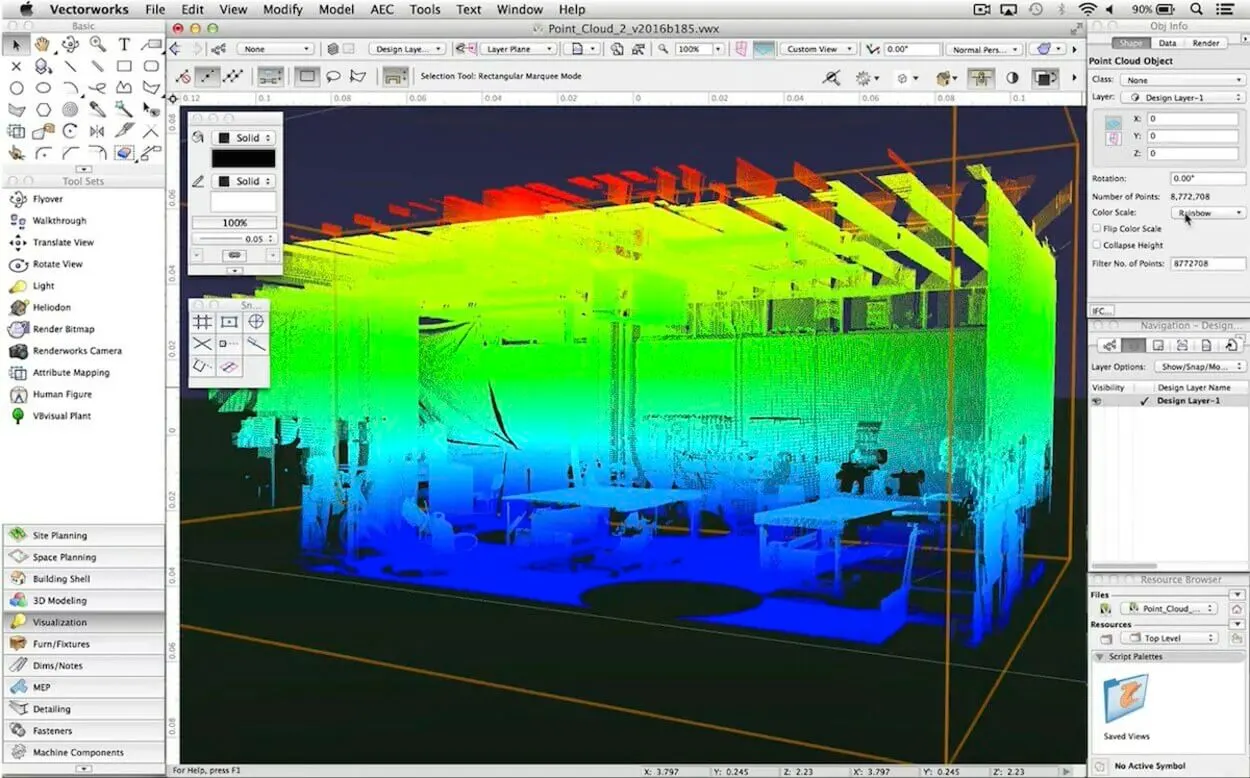If you consider space-time, the world around you is three-dimensional – or maybe even four-dimensional. Even so, 2D approximations are often used in engineering analysis to save on modeling and computations.
The notion of plane stress and strain is something you hear all the time in Finite Element Analysis and solid mechanics in general, but what does it mean?
The main difference between plane stress and a plane strain is that, as modeled mathematically, plane stress cannot exist in reality, whereas plane strain can exist in reality.
Plane stress problems ignore the variation in stress across the thickness. Essentially, plane stress is a mathematical approximation, whereas a plane strain is an actual condition in components.
Moreover, the plane stress method is used for very thin objects. In this case, the stress in out-of-plane directions is assumed to be zero. Stress only exists within the plane.
In contrast, the plane strain method is used for thick objects. It assumes that all the strain in out-of-the-plane directions is equal to zero and only exists within the plane.
Let’s discuss these concepts in detail.

What Is Meant By Stress And Strain?
Stresses and strains are two terms used in Physics to describe forces that cause objects to deform. A material’s stress is the force acting on its unit area. The effort exerted by a body under stress is known as strain.
Deformation of an object occurs when the deforming force is applied. An opposing force will be generated inside the object to return it to its original shape and size. The restoring force’s magnitude and direction will equal those of the applied deforming force. Stress is the measurement of this restoring force per unit area.
The term strain refers to the deformity of a body caused by stress. When an equilibrated body is subjected to stress, strain occurs. An object can be reduced or elongated due to its applied strain. As a fractional change, strain can be defined as an increase in volume, length, or geometry. As a result, it has no dimension.

What Is a Plane Stress?
Plane stress is defined as a state of stress where no normal stress, 0, is applied, and no shear stresses, Oyz and Orz, are applied perpendicular to the x-y plane.
Plane stress occurs when all non-zero stress components lie in a single plane (i.e., a biaxial state of stress). Plastic parts with thin walls often suffer from this stress state, where σ3 <<< σ1, σ2. Only a tiny fraction of the stresses acting parallel to the surface are developed in the thickness direction.
What Is a Plane Strain?
Plane strain is the physical deformation of a body that occurs when the material is displaced in a direction parallel to a plane. Metals are prone to stress corrosion when plane strain occurs.
The term “plane-strain” refers to the fact that strain can only occur in-plane, which means that no out-of-plane strain will occur. In this case, the boundary condition prevents movement in the out-of-plane direction. Out-of-plane strain isn’t present because the movement is restrained. Instead, due to movement fixity, stress will be generated.
Differences Between Plane Stress And Strain
Plane stress and strain are interrelated as stress equals the strain produced. Still, they have quite a few differences.
When plane stress is applied, strain can occur in the thickness of the element. Thus, the element will become thinner when stretched, and it will become thicker when compressed.
On the other hand, during plane strain, out-of-plane deformations (thickness) cannot occur because the deformations are fully fixed. This way, stress builds up in the out-of-plane direction while the plate takes on in-plane stress.
Apart from this, both these analyses have pretty different usage.
Plane stress is generally appropriate for analyzing elements with relatively limited depth out of planes, such as boxes or heavy cylinders. It is typically only possible to conduct this analysis using structural or generic FE software, not geotechnical analysis software.
In contrast, plane strain can be used to analyze cross-sections of elements with almost infinite depth out of a plane or linear structures, usually those with constant cross-sections, with lengths that can be considered almost infinite compared to their cross-sectional size and which have negligible length changes under load.
Here’s a table of comparisons between plane stress and strain for you:
| Plane Stress | Plane Strain |
| Plane stress is a mathematical approximation. | The plane strain does exist physically in components. |
| During plane stress, out-of-plane deformation occurs. | During plane strain, out-of-plane deformation is not possible due to restricted movement. |
| It is used for objects with limited depth (thin objects). | It is used for objects with infinite depth (thick objects). |
| In-plane stress, one component of stress is assumed to be zero (z component). | In-plane strain, one component of strain is assumed to be zero (z component). |
Here is a small video clip explaining the concepts of plane stress and plane strain.
Where Does Plane Stress Occur?
The plane stress conditions mainly occur in two dimensions. If you consider a plate an element on which stress is applied, it will most probably act on its surface.
Is Plane Stress Two-Dimensional Or Three-Dimensional?
Plane stress is always a two-dimensional condition as you already assume the value of stress in any one direction as zero.
What Is Plane Stress Maximum?
There are two values of plane stress which are:
- Maximum in plane stress equals 6.3 ksi
- Maximum out-of-plane stress is approximately 10.2 ksi
According to these values, plane stress out of the plane is more than that of in-plane stress.

What Are Stress Transformations Used For?
A stress transformation is commonly used to determine the stress on an element oriented differently.
When an object is placed somewhere, it experiences stress from various external factors due to the action of multiple forces. The value of this stress varies throughout the object and different areas of stress concentration. However, this stress depends on that object’s frame of reference.
Using stress transformation analysis techniques, you can easily measure the stress exerted on the given body.
Final Takeaway
- Stress and strain are both phenomena that you study and hear if you’re related to the field of solid mechanics. Every object, either two-dimensional or three-dimensional, experiences these two forces. They’re both interrelated.
- The concept of plane stress is merely an approximation based on mathematics, whereas the plane strain exits physically in terms of its components.
- You can use plane stress analysis for a thin object with limited depth, unlike plane strain, which analyzes objects of infinite depth.
- In-plane stress, the stress along one component is always zero. On the other hand, the plane strain assumes the strain in one direction to be zero.
- Plane stress causes out-of-plane deformations, while plane strain doesn’t allow any out-of-plane deformations.
Related Articles
2 Pi r & Pi r Squared: What’s The Difference?
What Is The Difference Between Vectors and Tensors? (Explained)

